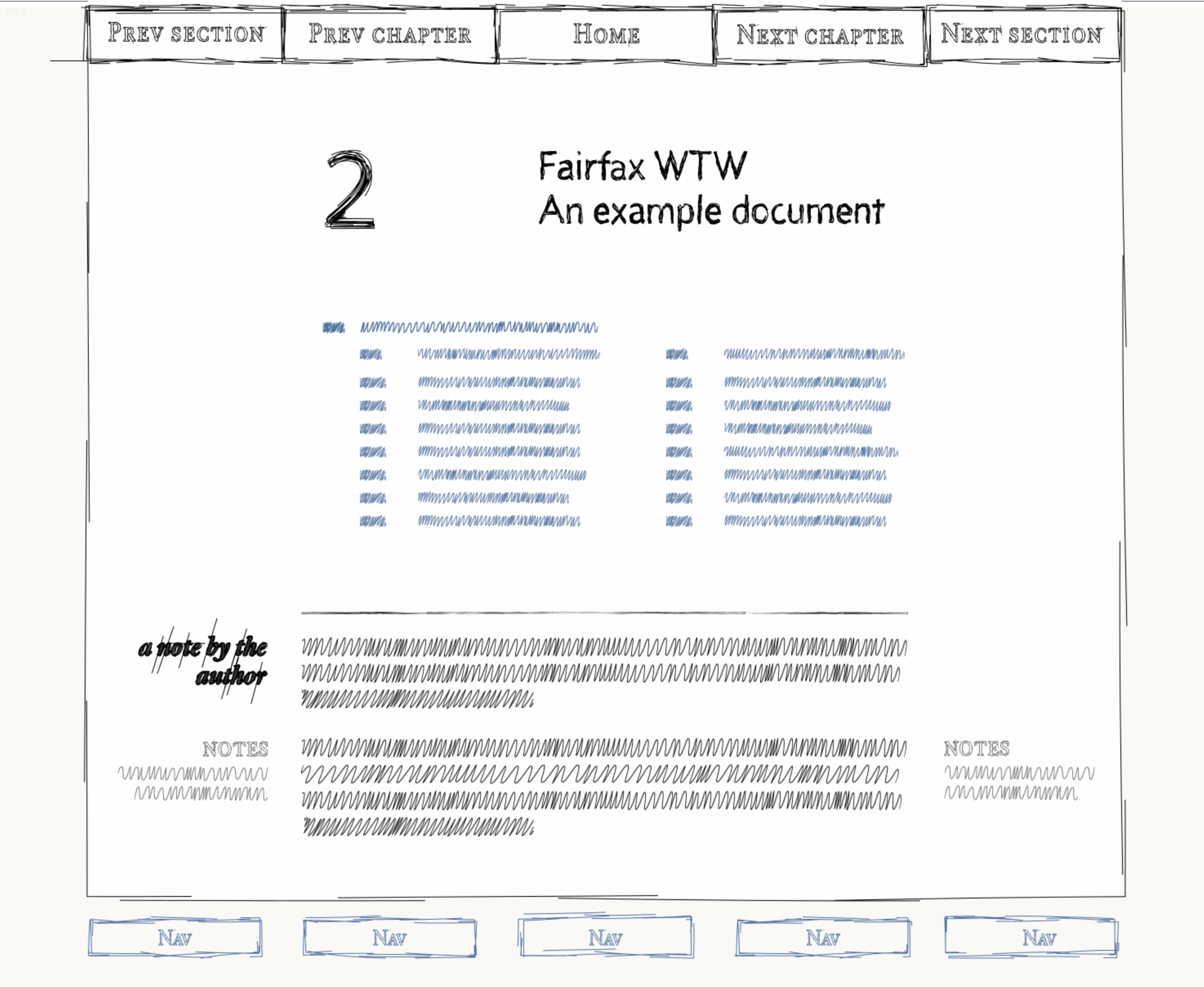Placeholder
The CSS box model is the start of how we layout a web page with columns and grids.
The CSS box model describes how HTML elements are displayed on a web page, this is not in terms of fonts and colours, but in terms of the boxes that are the HTML elements.
The box model is used to determine how the web page is displayed and where the content goes.
In Figure 3.21 (reproduced below as Figure 6.1) I sketched out how I wanted the web page to look. I will use the box model to create this appearance on the web site.
